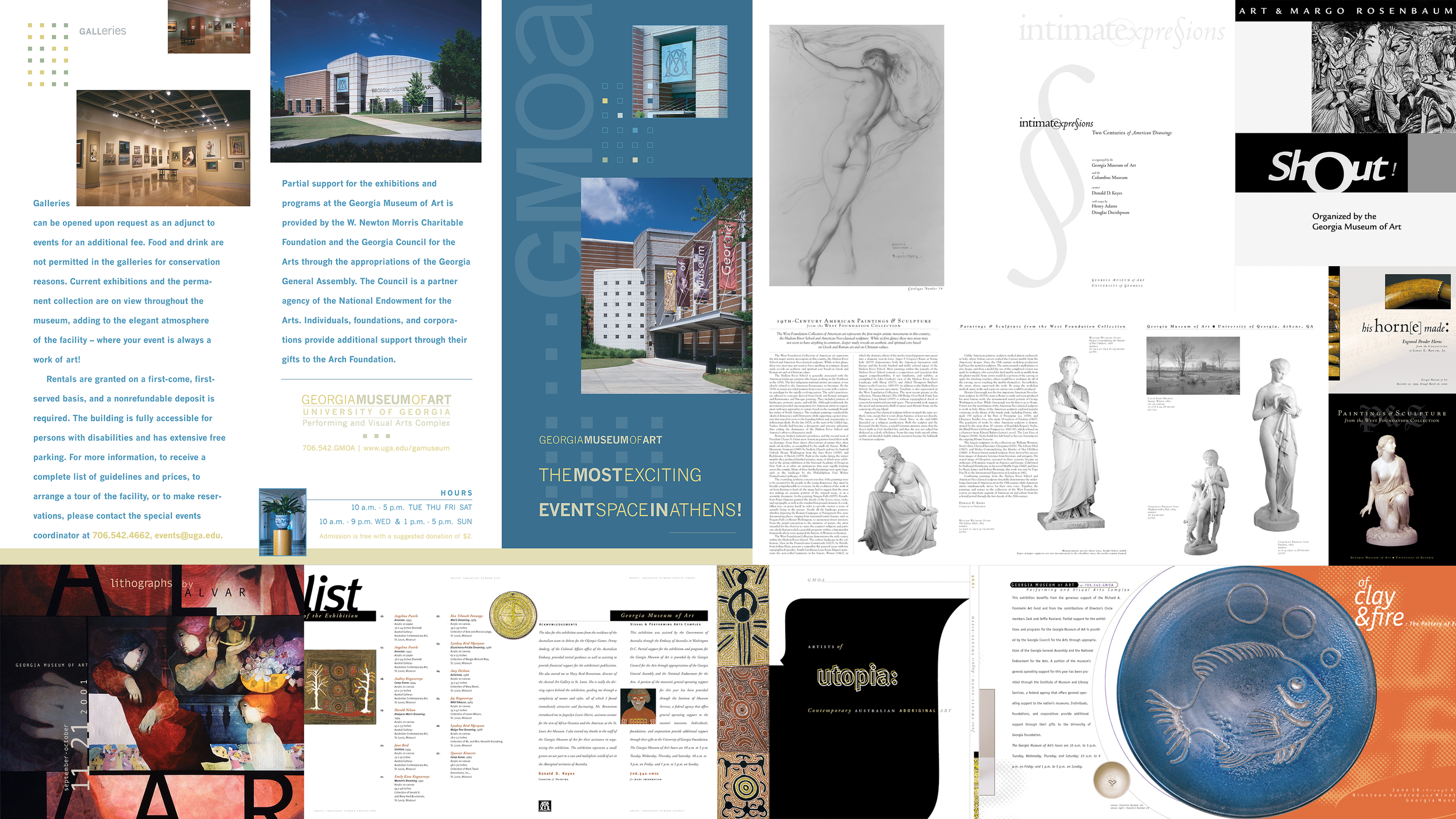Back in the 90s we didn’t have an internet filled with a plethora of training videos to learn about image manipulation in the computer, especially those produced by real experts, let alone free. There were a handful however that rose far above the rest and didn’t break the bank: 1) Total Training’s After Effects VHS series with Brian Maffitt, and 2) Masters of Visual Effects VHS series with Forest Key, John Knoll, Ron Brinkmann, Scott Squires, Stu Maschwitz, Matt Silverman, and Alex Lindsay.
On the one hand there was Brian Maffitt, full of energy and most of his tutorials used impractical materials (giraffes with wheels for their feet), but he always delivered on the concepts and provided excellent training. I learned After Effects (version 3 or 4) literally overnight watching those tapes when transitioning from a Discreet Flint. On the other hand were folks like Ron Brinkmann whose monotone voice could put you to sleep if you weren’t fascinated by every last detail of image processing in the Masters of Visual Effects series. But there was nothing mundane about what he was discussing. Those tapes were priceless, and I was lucky enough to convince my boss to spend a couple hundred bucks and get them for us.
Alex Lindsay formed DV Garage some time later. He was able to convince the EI Technology Group to offer a free copy of an older version of ElectricImage with his 3D Toolkit. The 3D Toolkit focused more on the foundation concepts of 3D rather than a specific application, much like the Masters series did. One thing I’ve always told my students is to always consider their foundation studies of the initial concepts much more important than learning the latest, greatest shiny effect making its rounds across the internet.
Now we have an internet filled with free training videos from every one that has a computer and an internet connection. You’d think with all of the offerings it would be hard to decide which training to use. But just like in the 90s sheer volume isn’t what’s important. Even today there are still only a handful of great training opportunities out there if you take the time to wade through the white noise.
Matt posted some of the Masters of Visual Effects videos online years ago so now they're not only digital, but free. Get them here.








